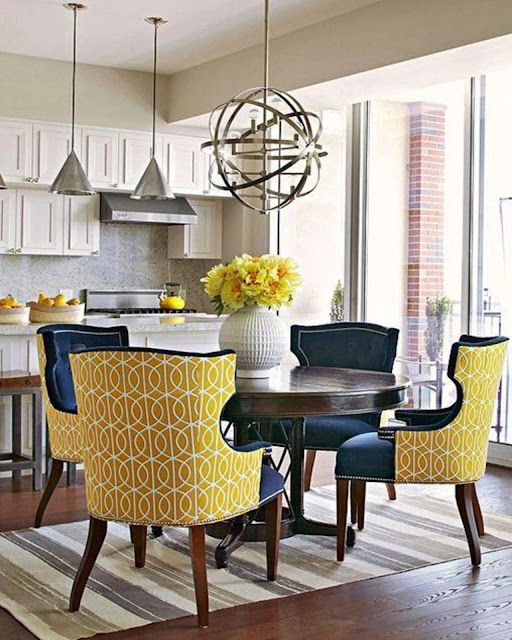Enhancing Healing Spaces: The Role of Interior Design in Hospitals
Enhancing Healing Spaces: The Role of Interior Design in Hospitals
In the realm of healthcare, the significance of interior design extends far beyond aesthetics; it plays a crucial role in creating environments conducive to healing, comfort, and well-being. Hospitals, as spaces where patients undergo treatment and recovery, require thoughtful design considerations to foster a sense of calm, promote healing, and optimize functionality.
Holistic Healing Environment
At the heart of hospital interior design is the concept of creating a holistic healing environment. This goes beyond mere decoration; it involves strategic planning to integrate elements that positively impact patients’ physical, emotional, and psychological well-being. From soothing color palettes to natural lighting and green spaces, every aspect of the design should aim to reduce stress and promote relaxation.
Patient-Centered Design
One of the primary goals of hospital interior design is to prioritize the needs and comfort of patients. This involves designing spaces that are easily navigable, comfortable, and inclusive. Incorporating features such as adjustable beds, ergonomic furniture, and accessible amenities ensures that patients feel supported throughout their journey within the hospital environment.
Infection Control and Safety
In addition to aesthetics and comfort, interior design in hospitals must also address practical concerns such as infection control and safety. Materials that are easy to clean and sanitize, as well as strategic layouts that minimize the risk of cross-contamination, are essential considerations. Furthermore, the integration of technology, such as hands-free fixtures and automated systems, can further enhance safety protocols within the hospital setting.
Efficiency and Functionality
Efficiency and functionality are paramount in hospital design to ensure smooth operations and optimal use of space. Well-designed layouts, streamlined workflows, and designated zones for different functions contribute to an organized and efficient environment. Additionally, incorporating flexible spaces that can adapt to changing needs allows hospitals to accommodate fluctuations in patient volume and medical requirements.
Wellness Spaces
Recognizing the importance of holistic health, modern hospital designs often include dedicated wellness spaces. These areas may feature amenities such as meditation rooms, gardens, or art installations, providing patients, families, and staff with opportunities for relaxation and rejuvenation amidst the rigors of medical care.
Collaborative Spaces for Healthcare Teams
Effective collaboration among healthcare teams is essential for delivering high-quality patient care. Interior design can facilitate this collaboration by creating designated spaces where multidisciplinary teams can convene, share information, and collaborate on treatment plans. Whether it’s a centralized nurses’ station or conference rooms equipped with the latest technology, these spaces foster communication and teamwork among healthcare professionals.
In conclusion, interior design plays a pivotal role in shaping the healing environments of hospitals. By integrating elements of comfort, functionality, safety, and wellness, designers can create spaces that not only meet the practical needs of healthcare delivery but also promote healing and enhance the overall patient experience. As hospitals continue to evolve to meet the demands of modern healthcare, the importance of thoughtful interior design remains ever-present in creating spaces that prioritize the well-being of patients, families, and healthcare providers alike.
For more — https://angiehomes.co/pages/hospitality

Comments
Post a Comment